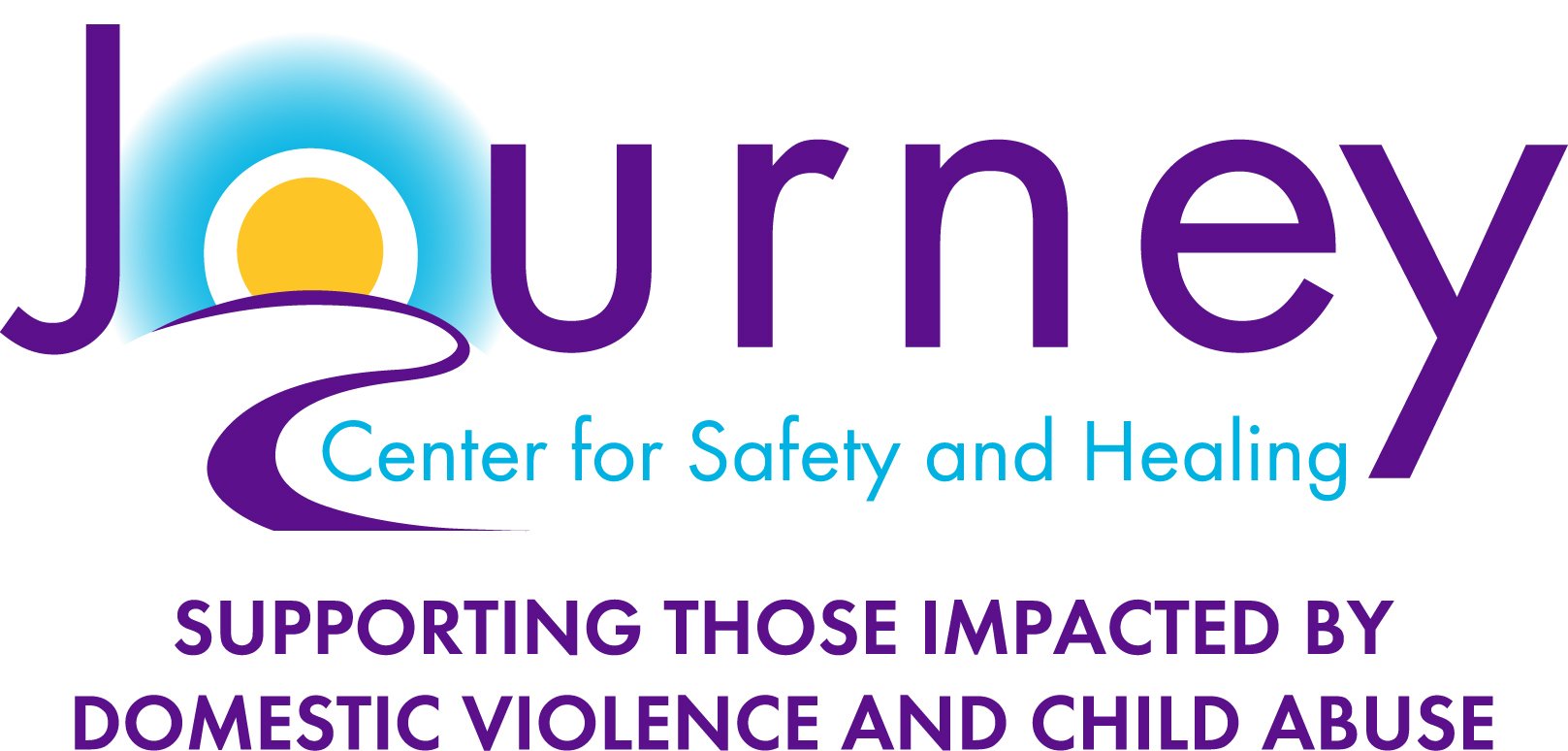Understanding Lethal Domestic Violence
All types of violence within an intimate relationship are unacceptable, whether that includes verbal abuse, coercive control, physical violence, or other types of abuse. But what we have learned over the years in the field of intimate partner violence, is that some abusive relationships are more at risk for serious harm, including lethal or near-lethal violence.
Research has shown that the escalation of intimate partner violence to a lethal level follows an identifiable pattern with identifiable indicators. The importance of this knowledge is that when we can identify early on which cases are more likely to escalate to homicide, there are opportunities for prevention and intervention.
The Danger Assessment, created by Dr. Jacquelyn Campbell, identifies these red flags in a relationship that indicate the victim/survivor is at higher risk for lethal violence. Some of these important factors include gun ownership by the abuser, history of strangulation, increasing violence, use of weapons, threats to kill, and whether the victim has left or is in the process of leaving the relationship.
It is important that victims/survivors are assisted in recognizing their risk so that they are able to make informed decisions about their safety. It is also important that every piece of the system that the victim/survivor may be involved with also recognizes these risk factors so they can take the severity of the situation into consideration when engaging with the victim and abuser.
While we know intimate partner violence impacts all communities, intimate partner homicide disproportionately impacts women, and particularly women of color and women who are immigrants or refugees. Women from marginalized communities often face additional barriers to safety and have less access to services that reduce risk.
We all need to do our part to recognize risk factors and help raise awareness in order to increase victim/survivor safety and abuser accountability. Accessing services to assist with safety planning and other resources is one important protective factor against homicide. If you or someone you know is concerned about their safety, please call or text our 24-Hour Helpline for support.
